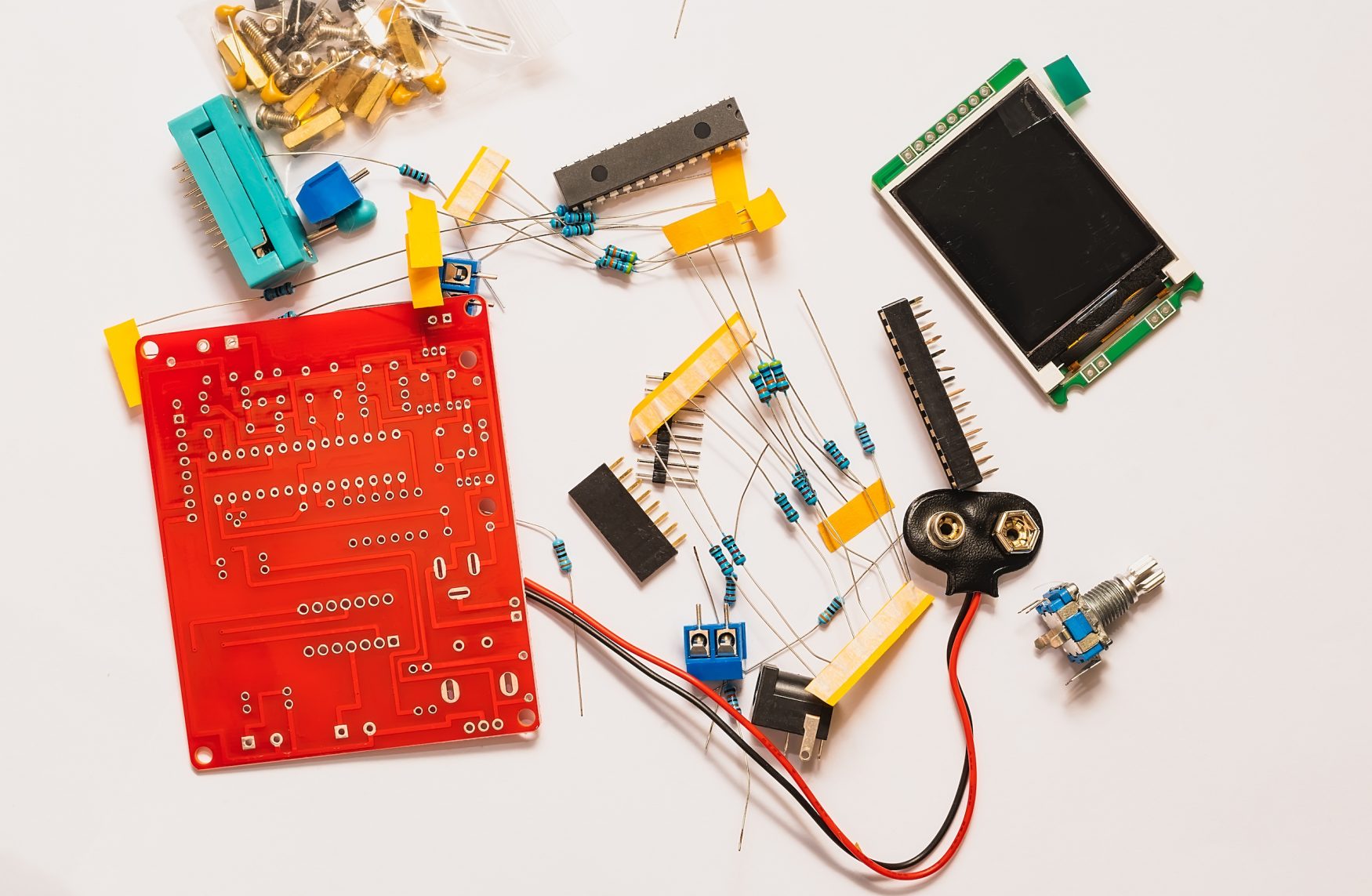
Who Invented the Microchip
Who Invented the Microchip: The Consequences.
Knowing who invented the microchip may be important, in the same way that memorizing historical facts is important to students seeking a good grade.
It may also be good to have the names Jack Kilby and Robert Noyce in the memory bank for the next trivia contest, if someone asks about the inventors of the microchip.
The more important information about these creative men lies in what they developed 50 years ago in their corporate laboratories (RAND, Texas Instruments).
The microchip is a reduced circuit, doing much the same job that large, separate components used to do in radios, televisions, personal computers and all other home and personal appliances.
While this may seem exciting and rather safe, there are legitimate concerns about the use of microchips in the 21st century and beyond, precisely because they are so small and can record so much information without being detected.
What has happened since Kilby and Noyce first came up with the silicon-based and germanium-based circuits several decades ago is an explosion of uses.
Those uses stretch far beyond controlling our home appliances, cars and entertainment centers.
The tiny chip is now being used to watch, track and even control pets and human beings.
Two on the Job
Eye on the Dog
The increasing use of microchips for identifying and tracking pets is fueled by the story that too many dogs are dying because owners can’t find them or too many children suffer from the loss of a family pet.
These are legitimate concerns that have brought electronic tracking devices in to replace licenses and collar tags for many family pets.
There aren’t too many people who express concern about tagging and tracking dogs using a GPS microchip, since there isn’t any harm to the animal.
But extending this same technology to children is raising some serious concerns from human-rights activists, attorneys and others.
Microchips are sometimes implanted on the pet in a permanent way, or the dog is tattooed with identifying numbers and names, but should human beings be marked in the same way?
Not Science Fiction
Some readers may think that the idea of tagging or marking humans with tracking devices seems like science fiction, and it probably was at one time.
But this is no longer fiction, as the devices created by Noyce and Kilby, who invented the microchip, are increasingly used to keep children under control.
Not only that, but the technology has been available for several years, since one company developed microchip-based devices in 2003 to help prevent kidnapping.
But the use of such devices has changed slightly in just five or six years, as parents are now trying such tracking devices on their children just for the purpose of knowing where they are and who they are with 24 hours a day.
Official Use
The men who invented the microchip wouldn’t necessarily be concerned about the planned uses of tracking devices based on their inventions, especially if they were true men of science.
To them the microchip was separate from any social or government uses, as most scientists focus entirely on the purity of a working device without giving thought to the effects it may have on fellow human beings.
But the microchip has been studied as a possible tracking technology for U.S. soldiers.
The Pentagon/Defense Department looked at a gel-based item that could be implanted in soldiers for the purpose of keeping tabs on the men and women in uniform.
Some observers immediately expressed concerns about individual privacy and about the millions of taxpayer dollars spent to develop the items and study their use.
This may shock even the men who invented the microchip.

 My First Amazing Ayahuasca Experience
My First Amazing Ayahuasca Experience  Pine Needle Tea
Pine Needle Tea  The REAL Controllers of Humanity: The Papal Bloodlines
The REAL Controllers of Humanity: The Papal Bloodlines  Is it Global Warming or Cooling?
Is it Global Warming or Cooling?  Gun Rights and Obama Examined
Gun Rights and Obama Examined